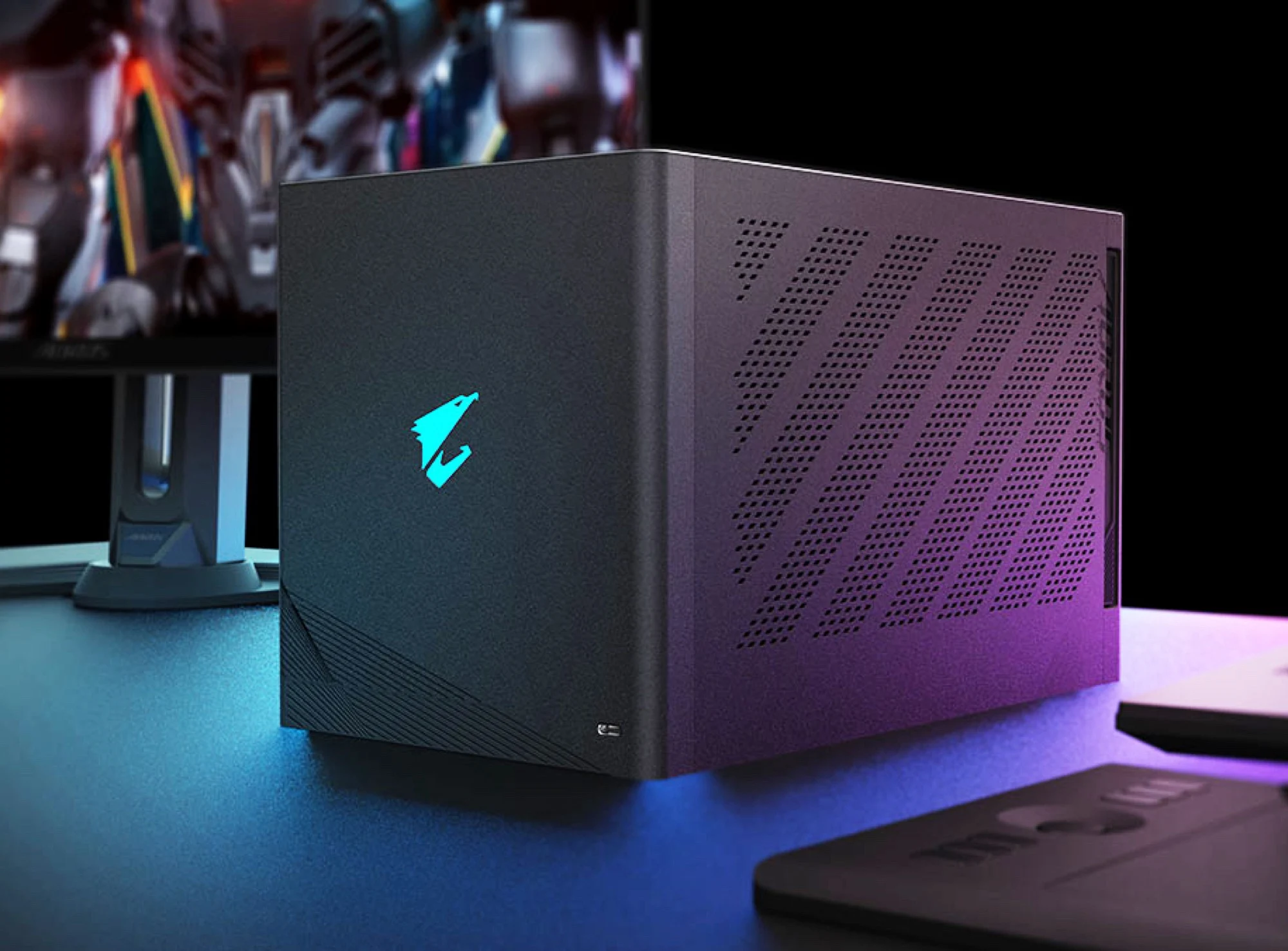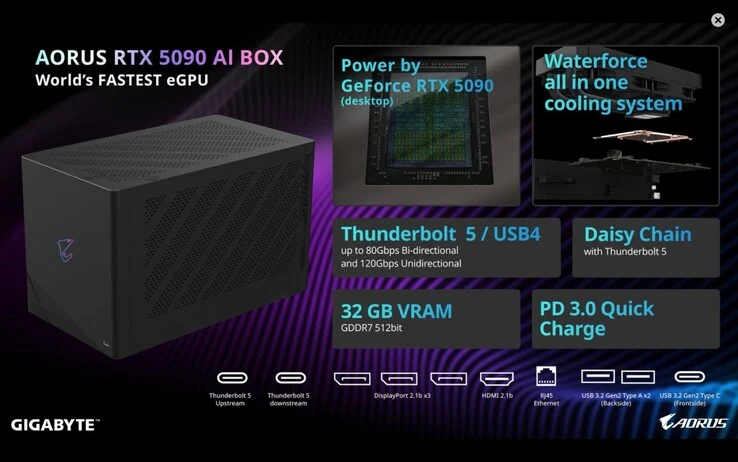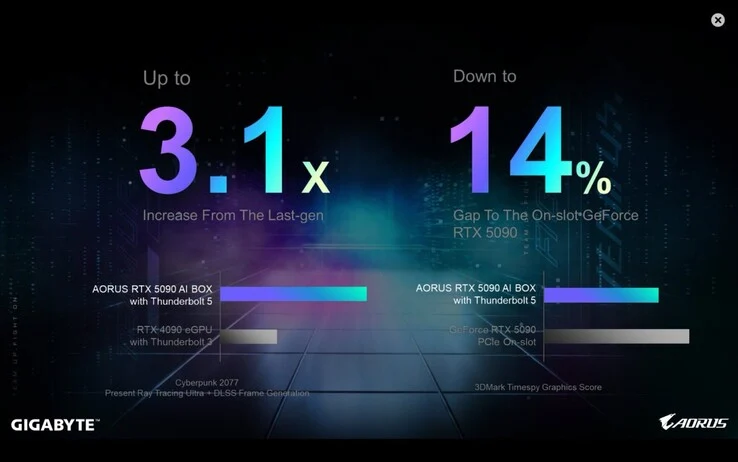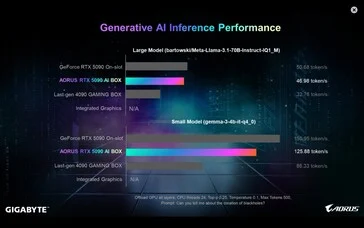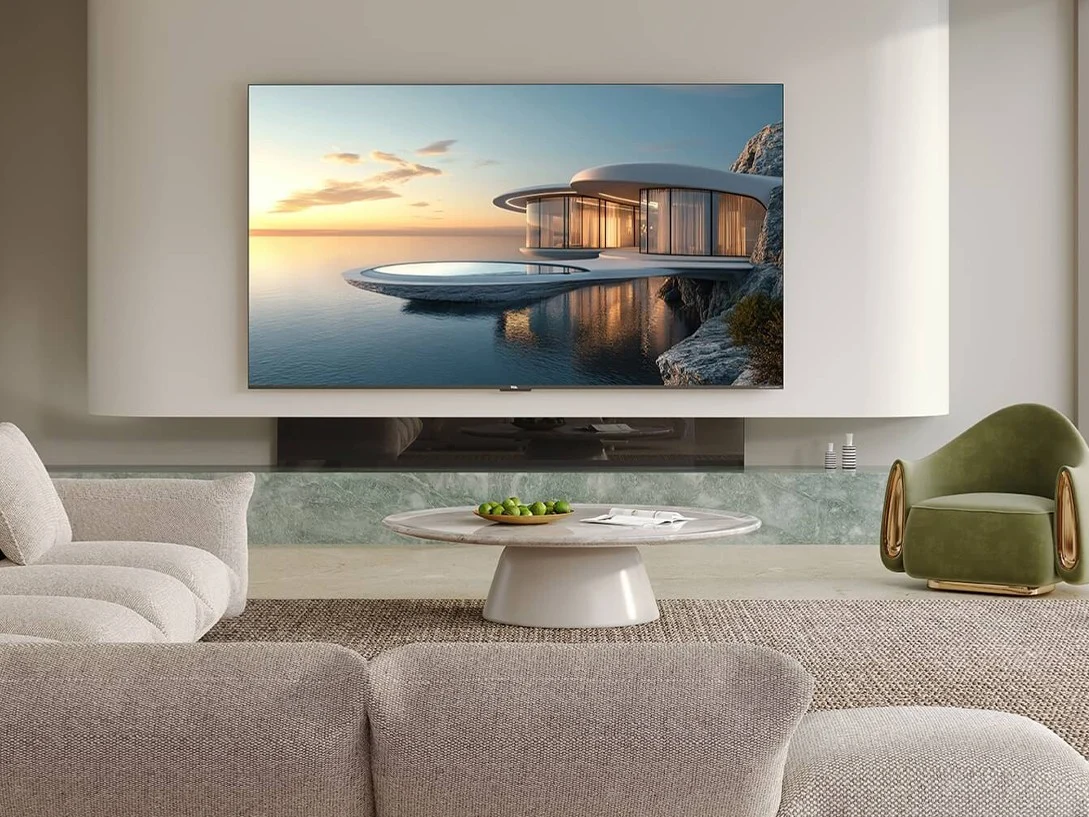Key Takeaways
1. Razer Blade 16 now offers budget-friendly GPU options: RTX 5070 and RTX 5060.
2. Starting price for the new configurations is $2,399, featuring a Ryzen AI 9 365 processor and 16 GB RAM.
3. RTX 5060 specs include 8 GB of VRAM and a Total Graphics Power of 115 Watts.
4. The top-tier Ryzen AI 9 HX 370 CPU is only available with the RTX 5090, priced at $4,499.
5. Other specs remain unchanged, including a 16-inch QHD+ OLED display and various connectivity options.
Originally unveiled at CES 2025, the Razer Blade 16 was initially available only with the GeForce RTX 5070 Ti, RTX 5080, and RTX 5090. However, these graphics cards came with high price points that were often not justifiable, as the performance improvements were not always proportional to the costs. Razer has now introduced more budget-friendly GPU choices for its 16-inch gaming laptop.
New GPU Options
You can now equip the Razer Blade 16 with either an RTX 5070 or RTX 5060. These can be combined with a Ryzen AI 9 365 processor, 16 GB of LPDDR5x-8000 (soldered) RAM, and a 1 TB SSD, starting at a price of $2,399. The RTX 5060 features 8 GB of VRAM and a Total Graphics Power (TGP) of 115 Watts (100 base plus 15 boost). Unfortunately, if you want the top-of-the-line Ryzen AI 9 HX 370 CPU, it can only be paired with an RTX 5090, which will cost you $4,499.
Consistent Specs
The other specifications of the laptop have not changed, including a 16-inch QHD+ (2,560 x 1,600) 240 Hz OLED display, Wi-Fi 7, Bluetooth 5.4, two Thunderbolt ports, three USB 3.2 Gen 2 Type-A ports, an HDMI 2.1 port, a micro SD card reader, a 1080p Windows Hello webcam, and a 90 Wh battery that can charge at up to 200 Watts.
Source:
Link


